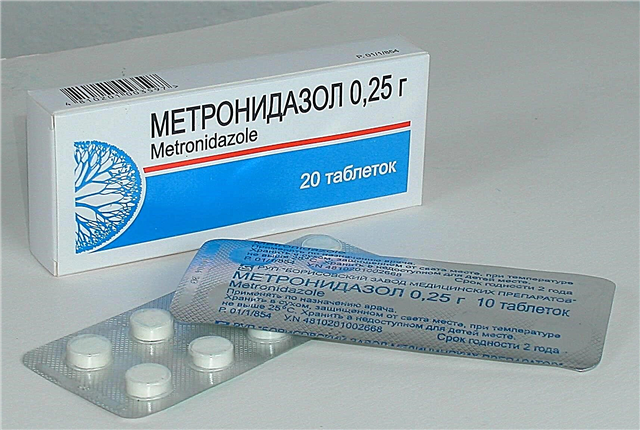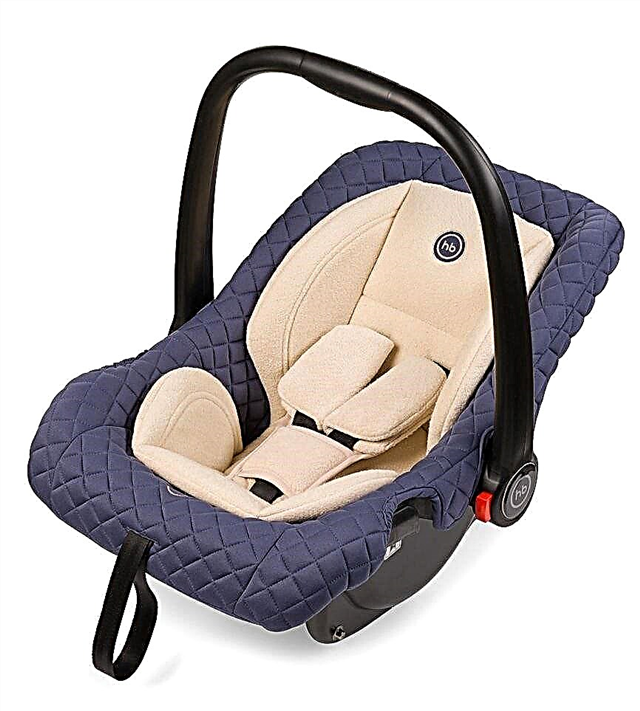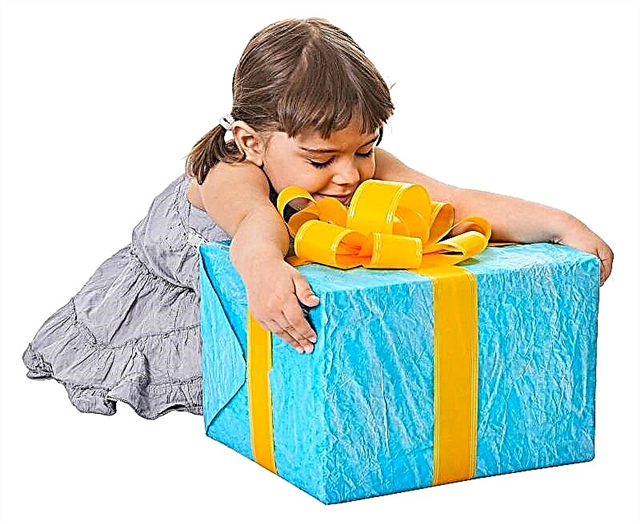
Modern parents set themselves the task of giving their child all the best: excellent food, wonderful clothes, nice toys, wonderful furniture. At the same time, they are concerned about the mental and physical development of the child - from an early age. For mental development, developing tables for children were invented.


Features, pros and cons
The developing table, made in a bright design, allows the child to combine play and learning. The kid learns to be left to himself and independently solve problems. These tables combine certain functions.


Pros:
- Bright design, curious design of the table arouse guaranteed interest in the child.
- The safety of the table is thought out to the smallest detail, parents can leave the child to play at the table alone and go about their business.
- The child develops logical thinking, as well as motor skills, memory, creative imagination, and coordination of movements.
- Some table models can be used as complete furniture when the child grows up.
Minuses:
- High cost.
- Short service life. Each table is designed for a certain age of the child. After 1-2 years, the child loses interest in the developmental table, as he thoroughly studies it.
- Large size.
- Some tables cannot be used as full-fledged furniture, since various game parts are fixed on them.

Functions
Depending on the type, the tables have different functions:
- Sound bar. When the button is pressed, various sounds are heard: voices of animals, signals of transport.
- Musical buttons. When you press the buttons, various children's songs, melodies are played.
- Labyrinths. The child needs to lead a certain object along difficult paths and find a way out of the maze.
- Clock. A dial with rotating hands installed on the panel allows the child to get acquainted with the numbers, and in the future - to learn to tell the time.
- Constructor. Many of the panel models have fixtures for building from parts.
- Drawing board. You can draw with a marker or chalk.
- Alphabet. The letters are depicted on cards or in any other way, which allows the child to remember them.
- Sorter. The kid needs to insert figures into the corresponding holes.
Varieties
The following types of similar products can be distinguished:
- Double sided table. When the kid gets bored with one playing side, he can turn it over and get a new playing field with elements.
- Walkers. They combine two functions: skating and playing at the table. The game table is located on casters so that the child can roll the table in front of him while learning to walk.
- Musical. The main task of such a table is to develop a baby's hearing and a sense of rhythm. The child makes sounds by pressing buttons, levers. Sound reproduction is usually accompanied by lighting.
- Interactive. The main purpose of such a table is educational. With its help, you can learn a lot about the world around you, rearrange, design details, come up with new ways to use the same objects.


- Sensory. Recently, sensory development tables are gaining popularity. The table has a built-in touch screen with a child-friendly interface. There are no moving elements on such a table; the child spends time playing the educational games installed in the device.


- Set with a chair. When the baby grows up, he will need children's furniture, or rather, a chair and a table where he can draw and do other things. Highchair and table sets, as a rule, have a bright design and are dedicated to a specific topic. The table top contains information useful for the child: alphabet, numbers, animals.


- Preschool table. Such products are designed for children aged 5-6 years, so they are rather large and resemble ordinary tables. The table displays information that prepares a child for school: traffic rules, a map, alphabet and much more.


Since what age are interactive models commonly used?
Developing tables can be purchased when the baby learns to sit. A truly sincere interest and understanding of the process will arise in a child at 1 year old. However, there are models designed for babies. They grab kids' attention with music, color lights and moving elements.
Materials
When creating developmental tables, manufacturers most often use safe and environmentally friendly materials. Usually high quality plastic is used. Thanks to this material, the table has a bright design and low weight. The second most popular material is wood. The models for preschoolers use metal.

Requirements
When buying a developing table, parents need to pay attention to the following:
- Quality. When buying, you should request a certificate from the seller. This document confirms that there are no materials hazardous to health in the product.
- Strength. The table must be stable, made of quality material that cannot be broken. All parts must be tightly attached.
- Safety. The table must be safe for the child so that the parents can leave him alone during the lesson. The table should not have sharp corners, small parts and holes - nothing that could hurt the child.
- Insulation of wires. It is necessary to pay attention to where the wires from the bulbs are located. They should be hidden inside the table.
- Battery. Some models run on rechargeable batteries or batteries. Know in advance how many hours the battery can last.
- Language. For the developing table, Russian should be used so that the child can understand speech in songs and poems.
- Light and sound. They should be pleasant and not irritating to the eyes and hearing.

Popular models
There are the following particularly popular options:
- BabyGo table. Suitable for children aged 1 to 3 years. The panel has a piano, buttons for sounding animal voices, playing tunes, the English alphabet, rattles, a train with a horn and much more. The table has removable legs. If they are removed, then a child who can only crawl can use the table. The table has two volume levels. The game center runs on 3 AA batteries.
- Fisher Price - "L&L" for the baby. Designed for children aged 6 months. The table can be used with or without legs. The developing table is created using the Smart Stages technology, which allows you to choose a learning and play mode convenient for your child. During classes, the child will master the alphabet, geometric shapes, learn to count. There are also a large number of buttons with which you can turn on / off effects, move figures. The table runs on 3 AA batteries.
- Keenway budget option. It is the most budgetary option of all developing tables. Designed for children aged 18 months and over. By its type, it belongs to musical tables, as it has a large number of sound elements.
The playing space is filled with wheels that are connected by teeth. They spin with a handle, as a result of which music begins to play, and light bulbs begin to glow on the figure in the form of a giraffe. At the corners of the tabletop there are pictures of animals. When you turn them, animal voices are heard. The table is easy to assemble - in the form of a suitcase with a handle.
For a video review of the Keenway table, see the video below.
- I'M Toy - "Joiner's table". An interesting option for a child will be a carpentry table made of wood. Suitable for children aged 3 to 7 years. The table top consists of wooden planks, imitating the work surface. Has a second side for changing the game space. The set included six wooden tools: a screwdriver, a wrench, a hammer, nail, saw, angle ruler, vise handle, as well as 28 parts. Among them are bolts with nuts, bars, planks. The child can get acquainted with their purpose and try to make something. All items are safe to use, no sharp edges.
- Design table Mega Bloks. Designed for children aged 1 to 5 years. The table is easy to assemble, which allows you to take it with you anywhere and anytime. The main purpose of the table is construction from cubes, wheels and other elements. On the table panel, there are tracks with different arches on which you can arrange races. In total, the set included 30 parts. There is a place for storing cubes inside the table.
- School desk-easel and chair "Letters-numbers". It is a small-sized set of furniture for a kid from a desk and a chair. Designed for children aged 3 to 6 years. The double-sided tabletop transforms into an easel, on one side you can draw on it with a marker, on the other - with a pencil. On the front surface, the table is covered with a sticker with useful information: numbers, letters, seasons.
- A set of children's furniture "The world around" - "Fairy". The set includes a table and a chair. It is designed for preschool children as well as elementary school students. The chair and table have a steel frame, which ensures the strength of the product. The table top is made of laminated chipboard, the seat is made of plywood. The furniture is easy to assemble and transport. Environmentally friendly materials are used for the manufacture of furniture. The table top contains information useful for the child: geographical maps, classification of animals, plants and much more.
Tips for choosing
- When choosing a developing table, parents need to pay attention to the child's agewhich is indicated on the product. You need to choose a table in accordance with the age of the child, otherwise it will turn out to be either too simple or too difficult to understand the crumbs.
- When buying, you should pay attention to the materialsfrom which the table is made. In addition, a quality certificate must be required to ensure that environmentally friendly materials are used.
- It is very important to pay attention to the table's ability to fold and transport, for height adjustment, volume control, weight, table size, the ability to use the table without legs.
- It is recommended to purchase a table together with a suitable highchairto make it easier for the child to spend time at the lesson.
- Before buying, it is advisable to test the development table with your child.to see his interest and not waste money.




